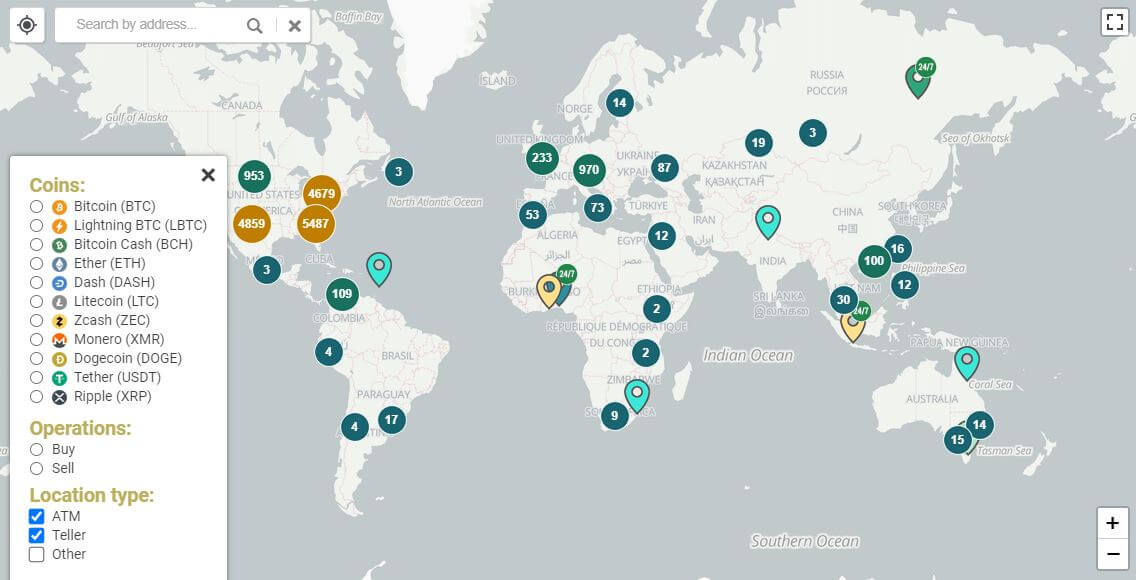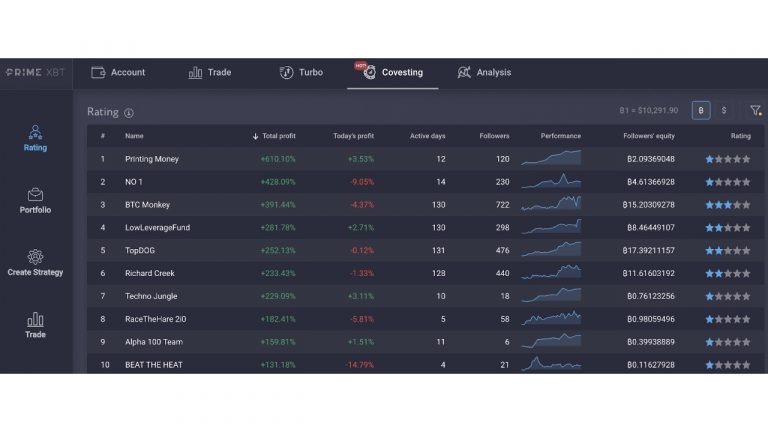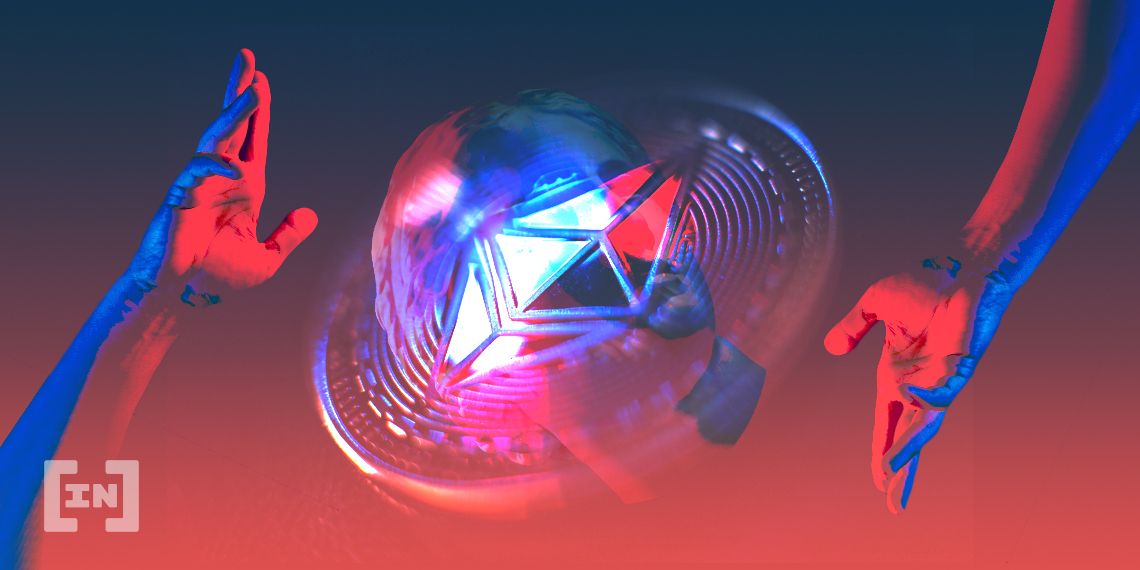2021-12-27 10:24 |
William Gibson described it first: “Cyberspace. A consensual hallucination experienced daily by billions of legitimate operators, in every nation, by children being taught mathematical concepts. A graphic representation of data abstracted from the banks of every computer in the human system. Unthinkable complexity. Lines of light ranged in the nonspace of the mind, clusters, and constellations of data. Like city lights, receding.”
Back in the analog glory days of the early 1980s, when exciting new arcade releases such as Pac-Man stoked public hunger for the joyful escapism of computer games, Gibson was extrapolating where all this harmless fun might lead.
His seminal sci-fi novel Neuromancer would solidify cyberpunk as a genre and birth a whole new virtual dystopia in which to play out our tech paranoia. Flash forward a decade later and Neal Stephenson’s 1990s novel Snow Crash — now a staple of Silicon Valley’s reading list — would pick up the cyberspace baton and run with it.
Foreshadowing both cryptocurrencies and the concept of a virtual reality-based internet, the author gifted us the buzzword of our times — “Metaverse.”
In sci-fi, the digitally connected environment has remained a place of both awe and intrigue, a human-made network in which we’d become self-enslaved in a matrix beyond our control.
Yet, as we conceptualize the closest iteration of what Gibson and Stephenson envisioned, anticipation is off-the-chain.
The nascent metaverse may be several years away, but multiple players are readying to define our brand new unreality. If the early promise is anything to go by, things are about to become visually spectacular and candy-colored.
The metaverse, a universe of persistent virtual spaces that will form the immersive iteration of the internet, in which we’ll interact, transact, and experience, is currently keeping the planet’s developers and coders deeply connected to their keyboards.
Epic Games, creators of the multi-player behemoth that is Fortnite, is the name most often dropped as a frontrunner in the space and is beta testing our appetite for virtual bewitchment by serving wow after digital wow to experience-hungry gamers.
Epic’s big-name concerts in Fortnite’s “Party Royale” mode have inspired millions to toss aside their in-game weapons and instead be transported on beautifully imagined 3D journeys, with artists Marshmello, Travis Scott, and Ariana Grande.
With each musician represented as an avatar looming large in imagescapes that bring to life their sound and aesthetic, the visual tech-splurge in each gig is a commitment to blowing minds; the predicted digital dystopia reinterpreted as a joyful thrillopia.
If we take a moment to catch our collective breath away from the dazzling imagery, it’s the avatars themselves that we should pause to consider.
These particular digital twins were birthed for entertainment and are mostly faithful recreations of their human counterparts, created for instant recognition by their fanbase.
However, in the metaverse, in an existence beyond physics and boundaries, all options are on the table, and we’re about to have a banquet of expressive possibilities. If identity lines are blurring IRL as we embrace broader notions of gender, imagine the debate when we can represent ourselves as an entirely new species.
As we all become digi-sapiens, will the politics of real-world identity pale into insignificance or be magnified by the digital to become more vital than ever?
Now that the tech RenaiXance is upon us and we wander wide-eyed into the magical hinterland between being and unbeing, it’s worth considering which aspects of our “selves” will transition into the digital realm and which we’ll retain in the terra firma of physical reality.
These aren’t necessarily thoughts that many are losing sleep over right now, but for The Fabricant, as a digital fashion house that creates only non-physical garments, it’s these kinds of questions that inform our process as we iterate the wardrobe of the metaverse.
Creating fashion for the non-physical space requires us to push our own neural buttons simultaneously as we code the drape and fit of a digital garment. From our perspective, the 3D fashion we create is not just a matter of digital dress-up but a way to transmit emotion as we iterate humanity in a new realm of existence.
That sounds like a lot, but fashion has always been the frontline of our identity, and it’s the medium by which we’ll self-realize in environments where we’re no longer tethered to genetics or the need to decide if a garment flatters or fails. Data looks good on everyone.
Transcending physicality also means transcending self-judgment and allows us to take experimental steps that we’d otherwise fear to tread. If the metaverse lives up to its conceptual pitch, within its realms, we will be beyond age, beyond gender, and, when skin becomes a matter of selecting between fish scales or tree bark, beyond ethnicity.
Digital fashion’s scope will include more than trying on garments; we’ll try on new bodies, new experiences, new ideas, and new lives. Those unexpressed corners of our identity that we’ve hidden away for fear of diverging from “appropriate” presentation are about to have their day in the data-driven sun. Prepare to take a walk on the wild side. After all, there’s no danger of a twisted ankle in ten-inch digital stilettos.
With blockchain and crypto powering our metaverse experiences, the spirit of decentralization will underpin its ethos and manifest as resistance to old-world systems. In fashion terms, we’ll air kiss goodbye to the historic gatekeepers of style and their velvet ropes, who will have little say in the democratic space of digital fashion creativity.
Data will be a design influence, and those who don’t currently consider themselves fashion-savvy will create their own looks.
New tribes will form as garments become tools for communication and connection. Want to signpost your love of all things Rick and Morty? Then you could iterate as Rick’s disembodied white lab coat that scrolls dialogue from your favorite episodes, ready for hangouts in 3D worlds that recreate the duo’s intergalactic escapades.
Dedicated digital fashionauts will find new ways to explore selfhood with garments that communicate hopes, dreams, and desires. Digi-couture collections coded with the personality types defined by Carl Jung might detect traits that correspond to your soulmate’s.
Translucent moodwear made of shifting colourscapes could transform from muted to glowing in response to your emotions. Physical pieces that have long crumbled to dust can be digitally revived to create new histories, and physically impossible silhouettes will take form in spaces beyond gravity.
Seaweed, glass, light beams, and blood cells will become digital fabrics for garments that contain playlists, stories, hidden messages, or belief systems. All of which, if an interoperable open metaverse becomes standard, will transition seamlessly across virtual worlds to be worn, traded, and collected.
Digital fashion’s vast creative possibilities will provoke a rolling process of experimentation to unearth the most meaningful ways to display our innermost being. What we can predict with certainty is the sheer volume of digital garments that will be required when we express not just one but multiple selves in a spectrum of personas, from professional to playful.
This pressing issue of capacity is something that The Fabricant is solving right now by unlocking the ability for anyone, anywhere, to become a digital fashion designer through collaborative creation. It’s our shot at instigating a fashion revolution for a more democratic, equitable, and sustainable industry that’s suitable for our tech epoch.
Our co-creation studio is debuting its first seasons and allows digital fashion first-timers to make and mint limited edition garments as NFTs, requiring zero knowledge whatsoever of 3D software. Creators and brands experienced in the 3D space drop blank garments that are ready to be customized.
Users collaborate on the design by selecting from the multiple fabrics, textures, and colors available for each, creating a new one-off piece. No two are the same, providing scarcity to give the garments’ value that will benefit everyone involved in their creation in perpetuity.
The intent is to create a virtuous circle of creativity, participation, and remuneration that will enhance the lives of both our digital and physical selves.
In our physical reality, billionaires are building rockets to transport themselves on ego-trips to the edges of our atmosphere. However, in the digital realm, it’s the universes that we’ll create ourselves that will allow every one of us to experience new ways of being.
As we speculate on who we will become as humanity shifts its focus towards the potential of the non-physical, it’s wise to review the original meaning of the word “avatar” as defined in Sanskrit, the ancient mother language of Hinduism. It means “descent,” signifying the manifestation or incarnation of a deity released on Earth.
Perhaps fittingly, it’s the word we now use to describe how we’ll self-create to become the gods and goddesses of our own imagination.
The post Curating Our Identity in the Metaverse: Who Will We Be When We Can Be Anything? appeared first on BeInCrypto.
origin »DeFi Nation Signals DAO (DSD) íà Currencies.ru
|
|


















